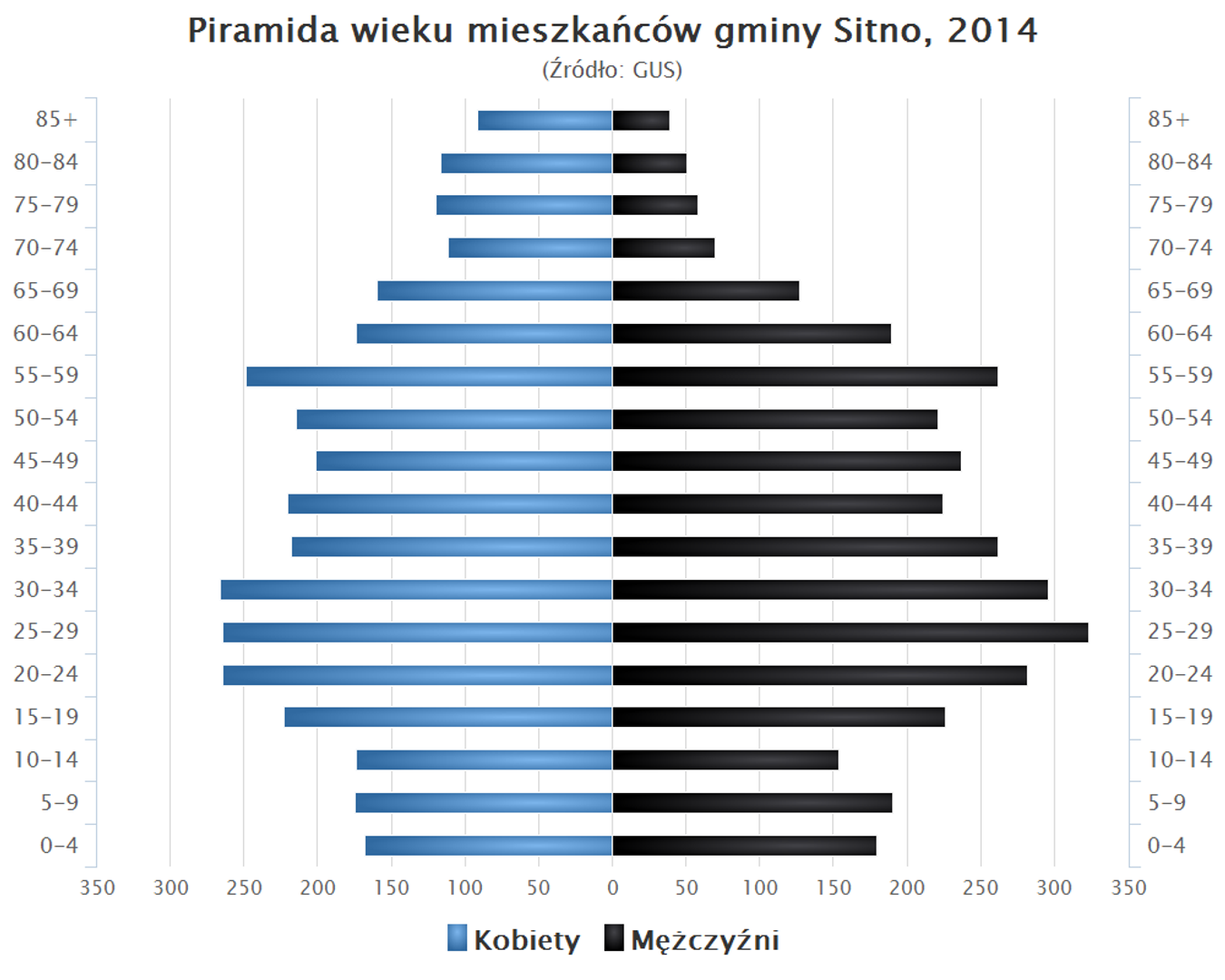Sitno
6.14

Overview
Sitno is a rural municipality located in the Lublin Voivodeship, within the Zamość County, with its administrative seat in the village of Sitno. Between 1975 and 1998, the municipality was part of the Zamość Voivodeship, and its demographic structure in 2004 recorded 6,775 inhabitants, compared to 6,708 in 2019. The municipality is characterized by a diverse landscape, dominated by agricultural land (83%) and small forest areas (11%). Covering an area of 112.07 km², the municipality constitutes 5.99% of the total area of Zamość County. The region lies mainly within the Zamość Valley, where podzolic soils are prevalent. The area features the Czarny Potok stream and small forests in its northern part. The municipality is part of the Skierbieszów Landscape Park, highlighting its natural values.
In terms of culture, the municipality offers numerous institutions promoting cultural activities, including the Cultural Center in Sitno and the Public Library. Several artistic groups are active here, such as the Modern Dance Ensemble "ONTIS" and the Folk Singing Group "Sitno." Sports also play an important role in the community, with the Municipal Sports Club "POTOK" and sports clubs in primary and middle schools. In the field of education, there are middle schools and several primary schools, many of which are managed by the Association for the Development and Promotion of Sitno Municipality.
The municipality is divided into several village districts, including Boży Dar, Cześniki, Jarosławiec, and Wólka Horyszowska. Its neighboring municipalities are Grabowiec, Komarów-Osada, Łabunie, Miączyn, Skierbieszów, and the city of Zamość. On December 9, 1973, part of the village of Wólka Infułacka was incorporated into Zamość, marking an interesting historical footnote. Sitno Municipality blends tradition with modernity, making it an attractive place to live and visit.
Location
2025 Wizytor | All Rights Reserved